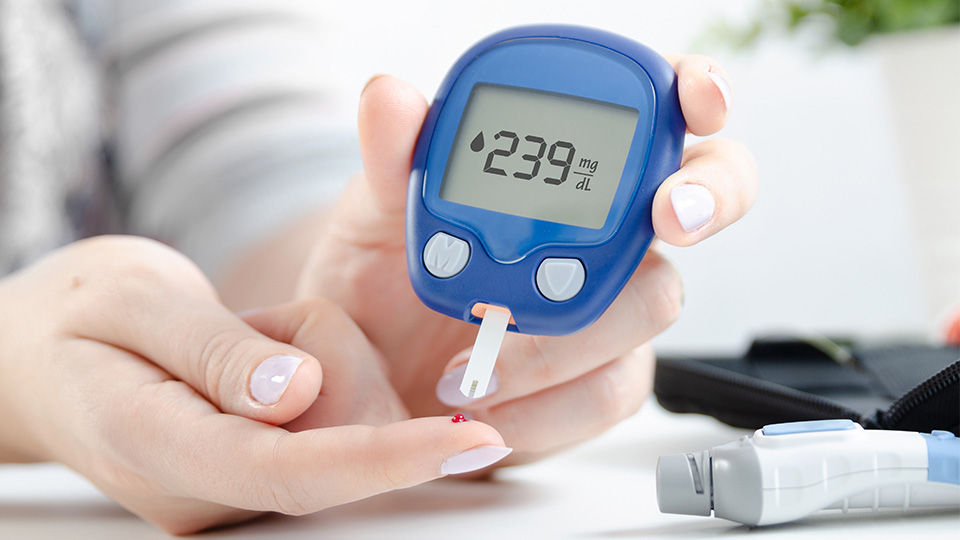Understanding the Connection Between Blood Sugar Levels and Eye Health

Maintaining stable blood sugar levels supports overall health and is key in diabetic eye care. For aging adults and individuals with diabetes, managing blood sugar helps prevent fluctuating glucose levels that can directly impact eye health. Proper glucose management protects vision and reduces the risk of diabetes-related complications.
The Role of Blood Sugar Levels in Diabetic Eye Care
Blood sugar, or glucose, is the body’s primary energy source. Consistently high blood sugar levels can damage blood vessels and nerves, particularly in organs with small, delicate vessels like the eyes, increasing the risk of diabetic eye care concerns. Similarly, low blood sugar levels can cause temporary visual problems. Managing blood sugar is necessary for preserving eye function, supporting diabetic eye care, and reducing the risk of serious complications.
How High Blood Sugar Affects Vision
High blood sugar levels can contribute to several eye conditions. Here are some of the most common issues associated with elevated glucose levels:
- Diabetic Retinopathy- Diabetic retinopathy occurs when high sugar levels damage the small blood vessels in the retina (the light-sensitive tissue at the back of the eye). The weakened vessels may leak fluid or blood, causing blurry vision and, in severe cases, vision loss.
- Cataracts- Cataracts, which cause the usually clear eye lens to become cloudy, are more likely to develop in people with diabetes. High glucose levels can cause structural changes in the lens, speeding up cataract development.
- Glaucoma- This condition results from increased pressure in the eye, which can damage the optic nerve. Individuals with diabetes face a higher risk of glaucoma, making early detection critical for preserving vision.
The Importance of Regular Eye Exams
Regular eye exams are key for aging adults and individuals with diabetes. Comprehensive exams can help detect early signs of diabetic retinopathy, glaucoma, and other conditions before they progress. Advanced diagnostic tools like optical coherence tomography (OCT) scans and retinal imaging provide a thorough eye health evaluation, allowing for timely intervention. By staying proactive, individuals can protect their vision and lower the risk of severe complications.
Tips for Maintaining Blood Sugar for Eye Health
Healthy lifestyle and dietary habits are key to maintaining stable blood sugar levels. Focus on a balanced diet with whole grains, lean protein, and vegetables while limiting refined sugars. Regular physical activity can improve insulin sensitivity and support glucose control. Monitoring blood sugar with a glucometer helps address fluctuations promptly, while staying hydrated aids in glucose management and prevents complications. Also, getting 7–9 hours of quality sleep each night is key for optimal blood sugar regulation.
The Role of Healthcare Providers
Managing blood sugar and protecting eye health should involve open communication with healthcare providers. Regular check-ups with an optometrist or ophthalmologist can help identify vision changes and provide guidance tailored to your unique needs. Collaborating with your endocrinologist or primary care physician supports a well-rounded approach to diabetes management.
Protect Your Vision, Protect Your Health
Recognizing the connection between blood sugar levels and eye care is key to maintaining overall well-being. Stable blood sugar supports your heart, kidneys, nerves, and vision, reducing the risk of serious complications. If you’re due for an eye exam, schedule one today to safeguard your vision. Early detection and proper care can greatly minimize the effects of fluctuating blood sugar levels. Take the first step by consulting an eye care professional and prioritizing diabetic eye care for long-term health.





